Top 5 Considerations for Increasing Wildlife Diversity
Ranchers should focus their land management decisions on the following five considerations to produce the most diverse wildlife populations.
Ranchers who want a large variety of wildlife species need to know where to focus their efforts to obtain the best results. Generally, land management decisions and actions that focus on the following five considerations produce the most diverse wildlife populations:
Those familiar with regenerative ranching recognize the first four items in the list are fundamental aspects of regenerative management.
Note, the focus of this article is increasing overall wildlife species diversity rather than increasing the abundance of a particular species. This is an important distinction, because when trying to increase the abundance of one or a few species, we manage only the aspects of habitat needed by the target species.
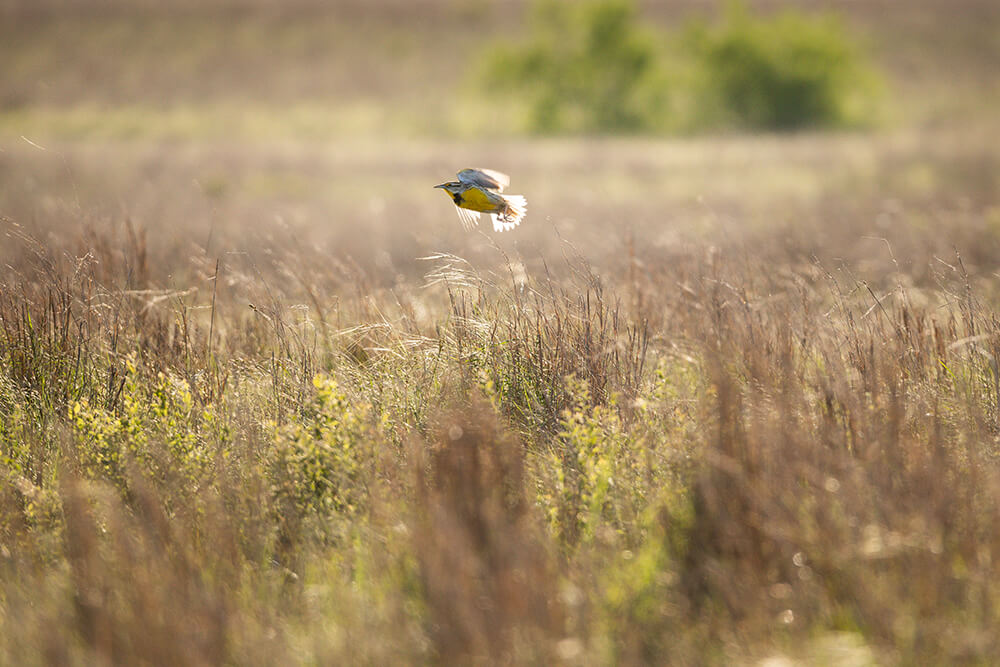
Habitat Diversity
Habitat provides food, cover, water and space in a usable arrangement. Habitat is the natural home of a plant or animal, including the living organisms, terrain and climate that an organism needs to thrive. Habitat diversity is a broad topic. At a minimum, it addresses the following concepts:
- Plant communities
- Aquatic ecosystems
- Native species
- Invasive species concerns
Each wildlife species has specific habitat requirements. Diverse habitats support a greater variety of wildlife species than less diverse habitats.
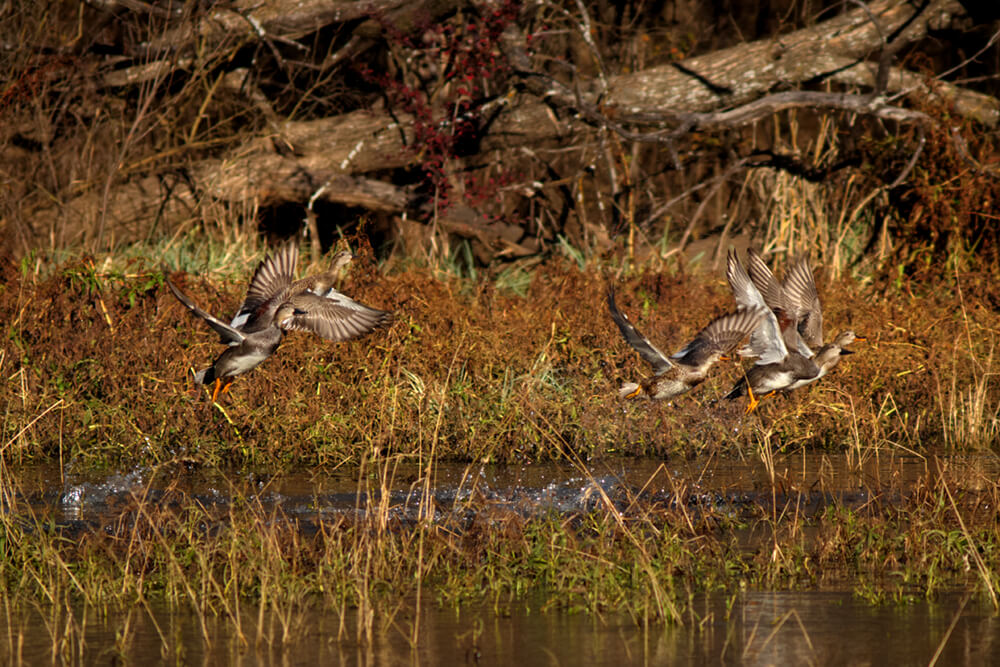
Plant community diversity
Herbivores and omnivores depend on plants for most aspects of their habitat. Habitat needs of some carnivores often reflect the plant needs of their prey species. Thus, habitats for many species are defined by the plant species or plant communities that they use. Some species, such as monarch butterflies, use only a few plant species, such as certain milkweeds, during a portion of their life cycle. In contrast, other wildlife species such as white-tailed deer use and benefit from many plant species.
Wildlife habitats usually are defined in terms of plant communities rather than individual plant species. Different plant communities typically support somewhat different wildlife species. Plant communities are dynamic, changing in response to disturbances (herbivory – plant consumption by animals, fire, herbicide application, mowing, etc.), absence of disturbances (rest), time, and changes in soil, water quality and climate. To optimize wildlife diversity, a manager should develop and maintain as many different plant communities as the soils, water, climate and terrain allow.
Some animals require patches of bare ground for some of their habitat needs, such as northern bobwhite, killdeer, mourning dove, horned lizard, harvester ant and grasshoppers. Whereas others, such as Henslow’s sparrow and LeConte’s sparrow, prefer mostly undisturbed sites with relatively thick thatch or duff on the ground to provide some of their habitat needs. Other species, such as flying squirrels, pileated woodpecker, whip-poor-will and ruffed grouse, require wooded ecosystems. Having diverse habitat types helps maximize wildlife biodiversity.
Some species of wildlife live only in specific types of terrain. Terrain usually is an inherent characteristic of a property, so it can be an important consideration when purchasing or leasing land. Generally, it is not practical to change or create major terrain features such as bluffs, mountains and valleys, but it can be practical to develop others, such as small cave-like structures that can serve as reptile or black bear hibernacula (protected spaces for overwintering), or bat roosting or cliff swallow nesting habitats.
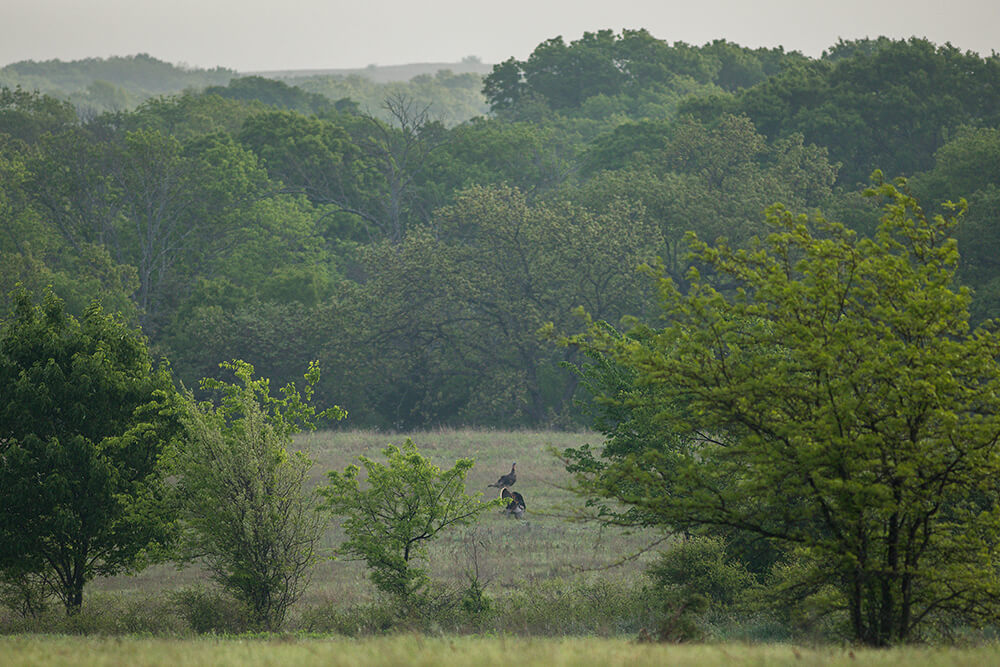
Aquatic diversity
Some animals live in aquatic ecosystems, some live in terrestrial ecosystems, and some use both. Development or maintenance of aquatic ecosystems provides habitat for species such as beaver, river otter, ducks, herons, kingfishers, water snakes, aquatic turtles, frogs, fish, crayfish, dragonflies and many others. Different types of aquatic environments, such as ponds, lakes, wetlands, flooded woodlands, creeks and rivers, support different wildlife assemblages. Good water quality generally supports more species than poor water quality.
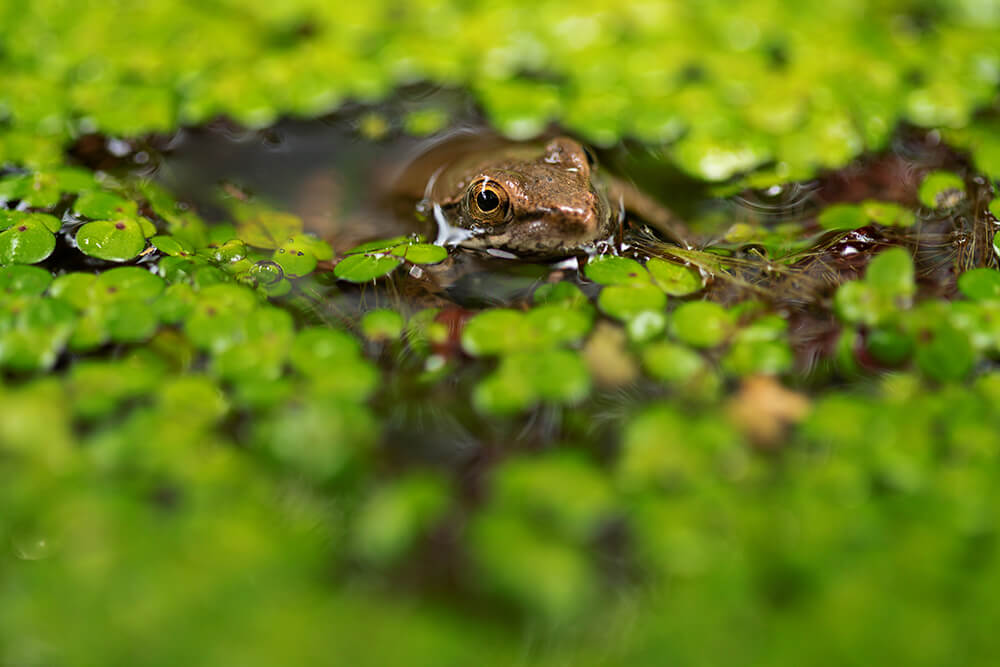
Native diversity
Most native wildlife evolved with native plant communities. Certain plant communities are adapted to each site. Native plants are essential aspects of habitat for many wildlife species. Some wildlife species with broad habitat requirements such as white-tailed deer and coyote can tolerate a certain amount of introduced plants. However, even when free-ranging white-tailed deer live in places dominated by introduced plants, native plants usually comprise the majority their diets. It is important to emphasize native plants as much as possible when managing habitats for native wildlife.
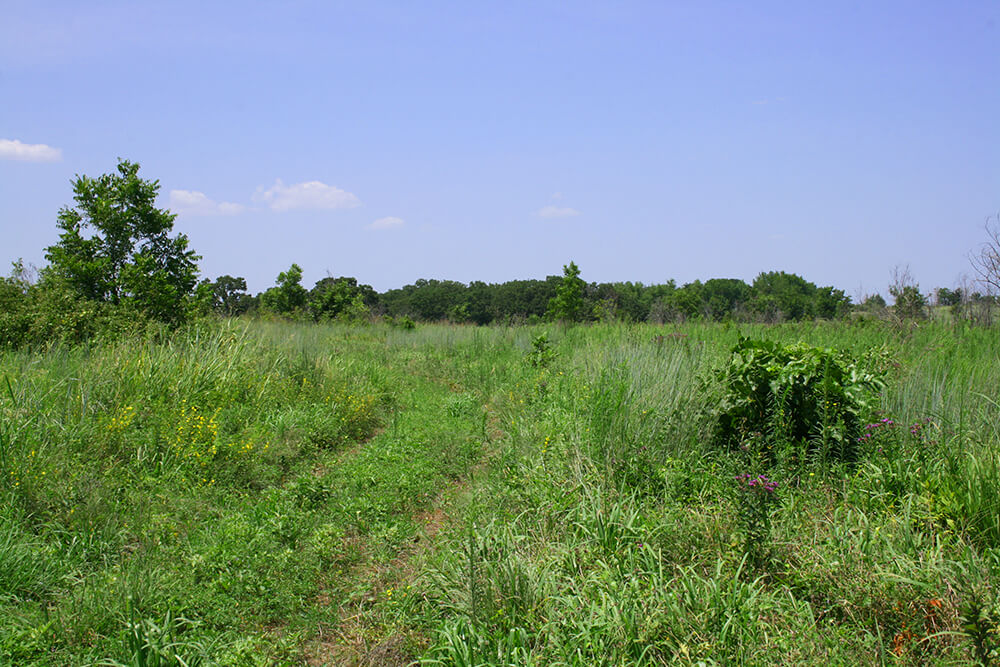
Invasive species concerns
Although non-native plants and animals temporarily add diversity to ecosystems, many of them tend to become invasive. As invasive organisms spread and increase in ecosystems, they compete with native species and can ultimately displace them, decreasing plant and wildlife diversity. Well-documented examples of problematic invasive plant species include old world bluestems, Johnson grass, cogongrass, sericea lespedeza, purple loosestrife, hydrilla, kudzu, Japanese honeysuckle, Japanese privet, Callery pear, salt cedar and several others. Harmful invasive animals include feral horse, feral hog, feral house cat, house sparrow, European starling, silver carp, red imported fire ant and many others.
Ecosystem Processes
Good wildlife habitat has healthy functioning ecosystem processes. Four ecosystem processes include the energy cycle, water cycle, nutrient cycle and community dynamics (succession). If these processes function properly, the landscape should have greater biodiversity. Both cool-season and warm-season plants are necessary for a healthy energy cycle and having both types of plants increase diversity. Ground cover and healthy soils are necessary for a functional water cycle. An effective nutrient cycle requires diverse organisms above and below ground. Well-managed community dynamics produce diverse plant communities, the backbone of good wildlife habitat. These ecosystem processes all function in concert with each other. It is difficult to have a functioning ecosystem if one of the ecosystem processes is broken.
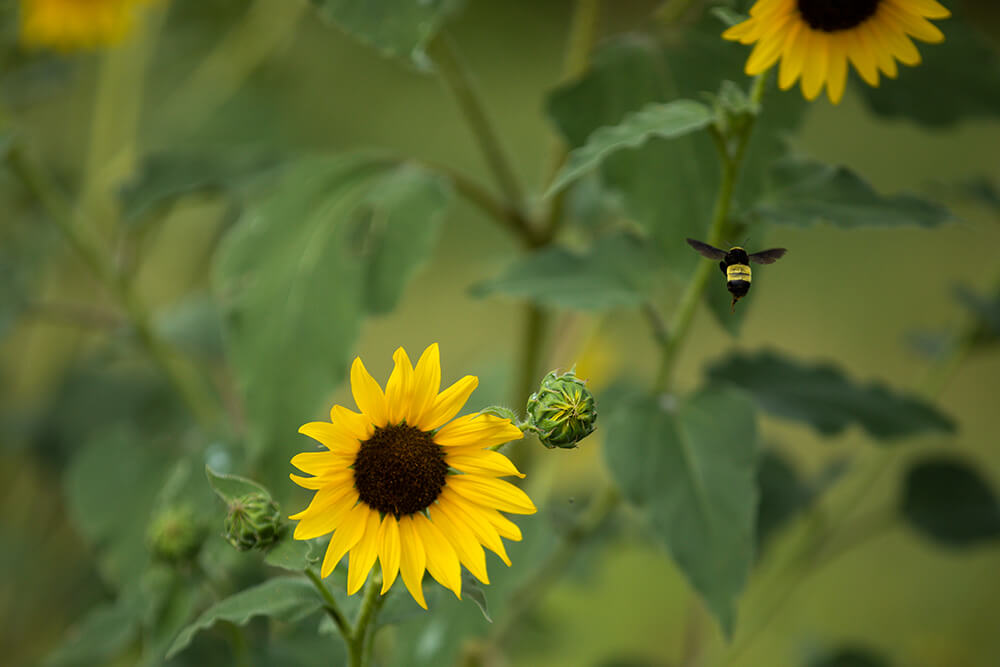
Soil Health
Soil is the foundation of a healthy ecosystem. Applying the soil health principles is the key to improving soil health. Healthy soils typically support more plant and animal organisms. Healthy soils have higher water-holding capacity, more fungi, more microbes and more soil organisms than less-healthy soils. Soils with higher water-holding capacity are more drought resistant and support diverse plant communities for longer periods.
Soil fungi, microbes, soil organisms and plants are the base of the food chain. If the soil food web is robust and diverse, wildlife habitat above ground prospers. Imagine standing in the middle of vast conventional corn fields where biodiversity is very limited. Relatively few mammals, birds, herpetofauna (reptiles and amphibians) or insects are present. Now imagine standing in the middle of vast prairie ecosystems. Mammals, birds, herpetofauna and insects are abundant (audibly and visually). Healthy soils support healthy, diverse ecosystems.
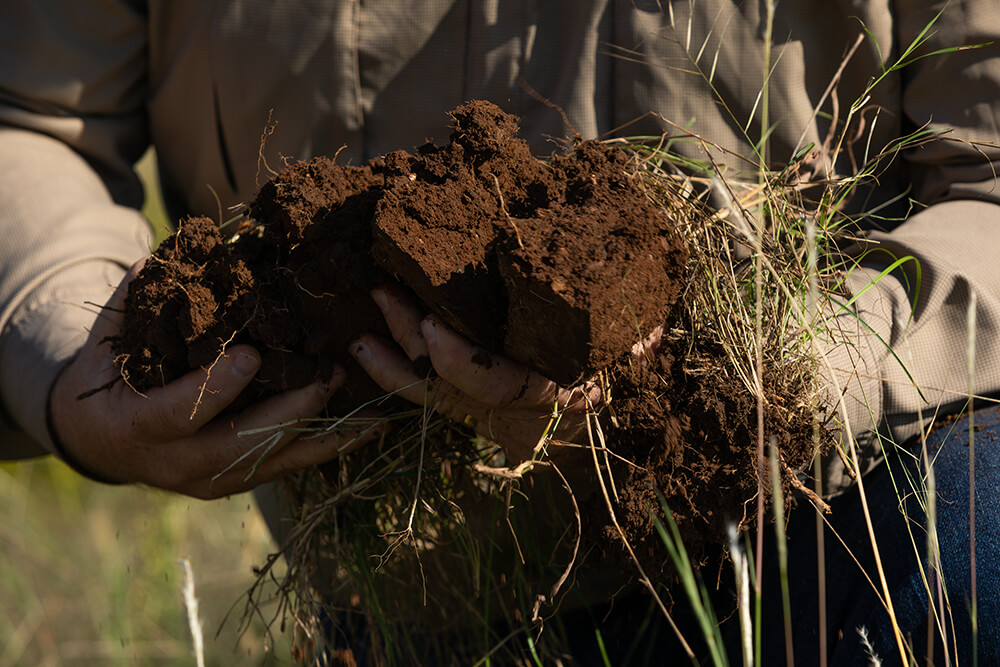
Ecological Stewardship
Habitats, ecosystem processes and soil health are best managed through the natural processes of herbivory, fire and rest. Herbivory and fire are disturbances that temporarily change succession, plant diversity, and ground cover. Rest is the absence of disturbances, which changes succession in a different direction and increases ground cover. A certain amount of rest is necessary for herbivory and fire to cause many desirable changes.
Habitats, ecosystem processes and soil health are stewarded through the artful application of herbivory, fire and rest. The interplay between these can cause desirable or undesirable changes depending how they are implemented. An understanding of ecological relationships between herbivory, fire, rest, plants, ecosystem processes and soils is necessary to effectively steward natural resources.
We will never fully understand all the ecological relationships involved with herbivory, fire and rest because ecology is so complex. However, science helps us understand enough ecology so we can manage habitats, ecosystem processes and soil health for desirable outcomes.
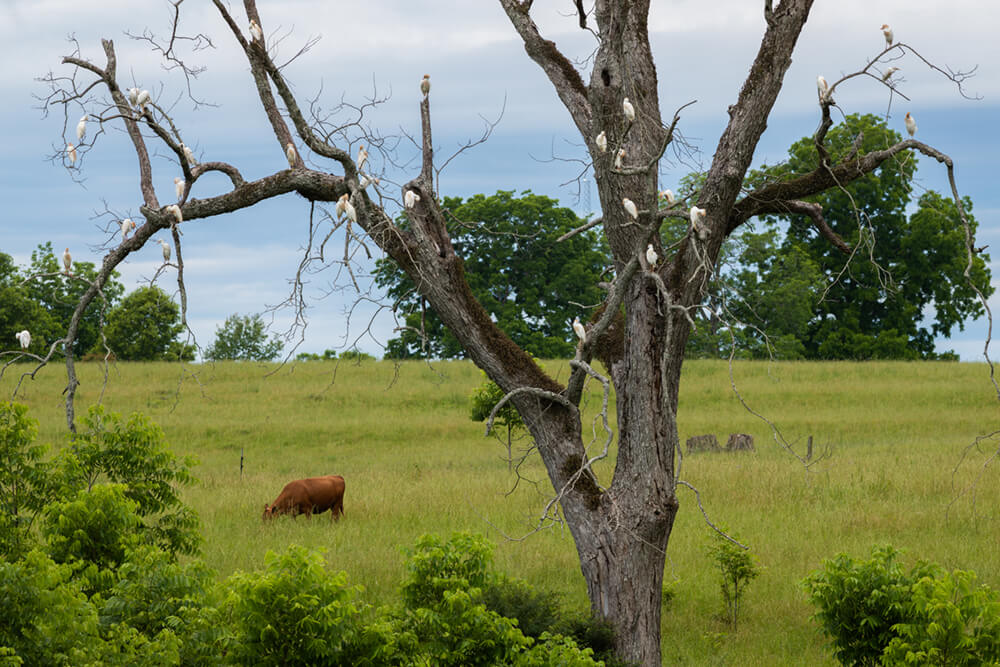
Size
Size is important to have more biodiversity. In general, more area supports more wildlife species. For example, a backyard can be managed well for wildlife habitat, but the results are limited by the amount of area. One way to increase size without buying more land is to work with neighboring properties to cooperatively manage wildlife habitat. Larger areas typically have more diverse terrain, soils and plants, which support more species of wildlife.
Connectivity of habitat is important for wildlife species to move throughout and occupy an area. If habitats are connected across a large area, more wildlife diversity can be supported. Some species, such as mule deer, caribou and prairie chickens, require relatively vast areas of suitable habitat to support viable populations. A relatively small individual property located next to a larger ecosystem with suitable habitat allows such species to exist on the smaller property too. Connectivity and size also help maintain genetic diversity in addition to community diversity.
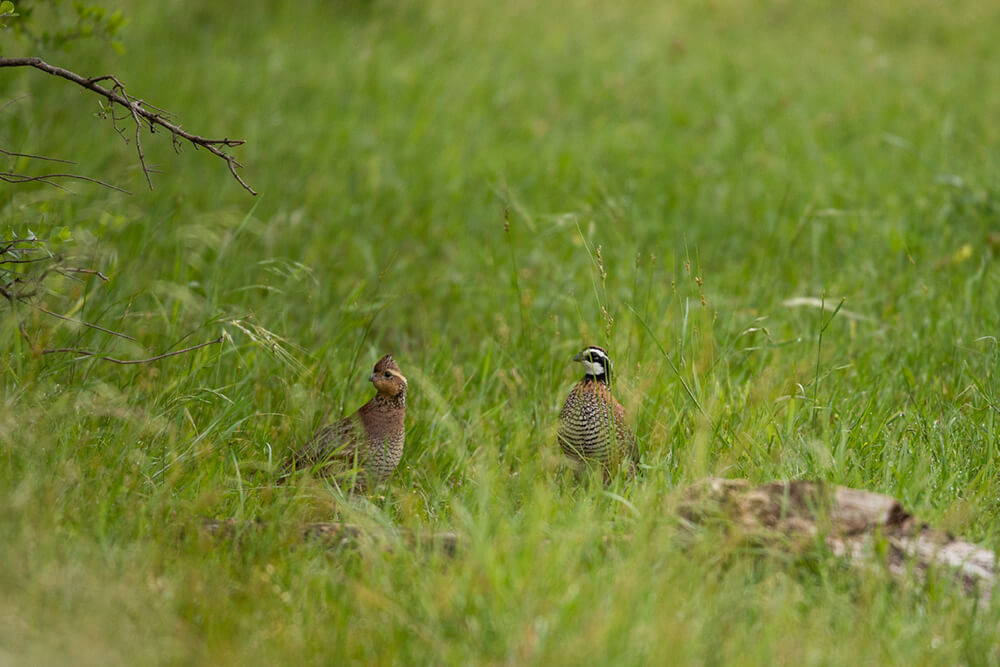
In summary, a manager should objectively evaluate and improve a property’s habitat diversity, ecosystem processes, soil health, ecological stewardship and size to increase wildlife diversity.


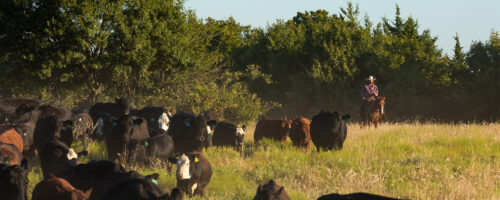
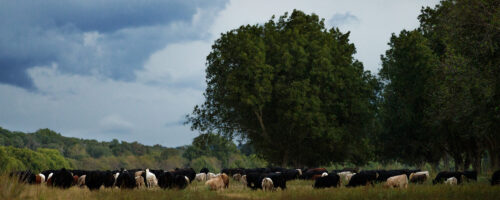
Comment